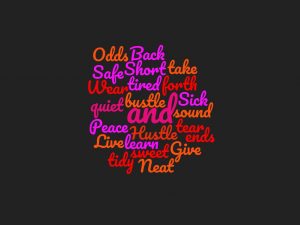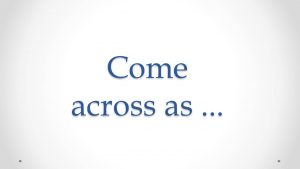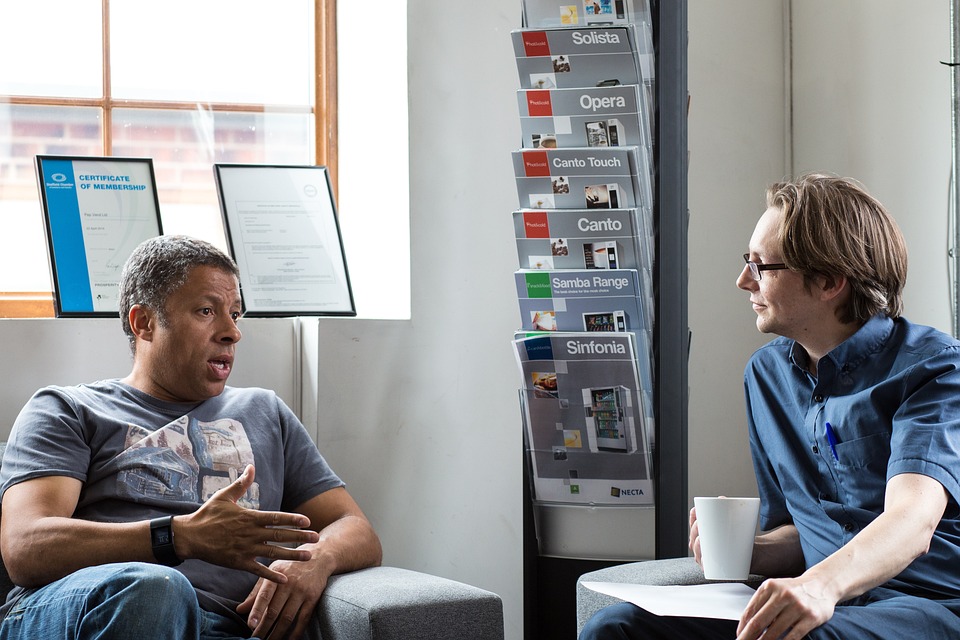I believe that most language students have, at some point, fallen into the trap of overdoing the input at the expense of the output. The input is what you can absorb about the language by studying, listening or reading. The output, on the other hand, is what you produce yourself in the written or oral form. I wouldn’t go as far as to say that the input is simple but it certainly represents much less of a challenge than the output, which is an intellectually harder process. Have you realised the extent of the language that you can understand, recognise, and be familiar with but have never actually used?
The moment a new word comes out of your mouth (or your fingertips if you’re typing) represents the moment you own it. It becomes part of your active vocabulary. A moment of bliss, similar to what a collector may feel when adding a new element to the existing collection.
Exposure is key! It gives you the space to expand your output.
Needless to say, living in a non-native English-speaking country limits your possibilities but let’s not use that as an excuse to neglect our productive skills. So, what to do?
First and foremost, take the reins and be proactive. Yes, but how?
Traditionally, the way to go is to sign up for lessons, which is a good move, but it doesn’t take you as far as you need to go, does it? What you add to that and how often you do it makes all the difference. Consider attending classes as a map and yourself as the pilot who may use the map but sometimes simply folds it and follows their instinct. Continue reading “Increase your output: written production” →
 Go Beyond “How are you?”
Go Beyond “How are you?”







 But, how to speak English regularly if you don’t live in an English-speaking country?
But, how to speak English regularly if you don’t live in an English-speaking country?